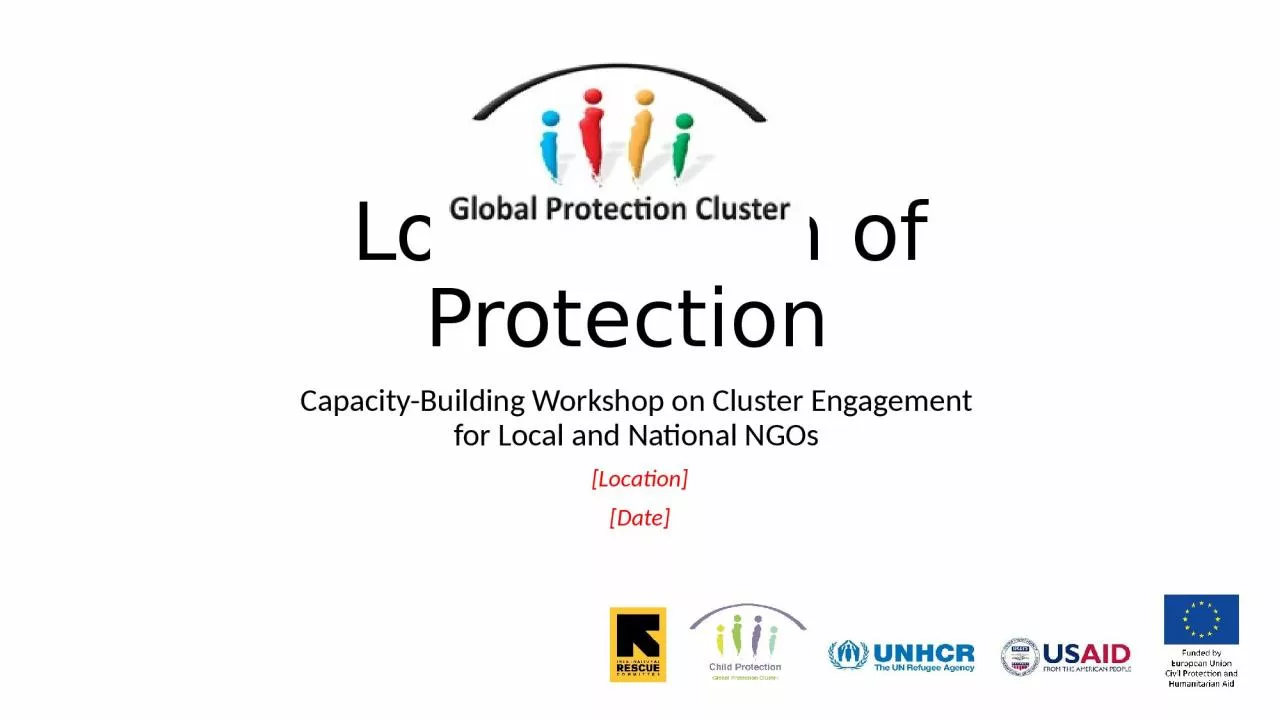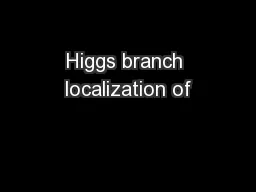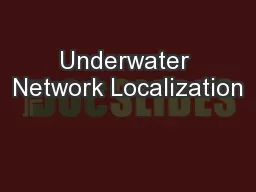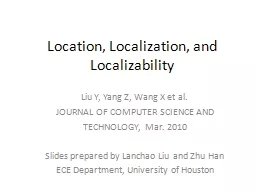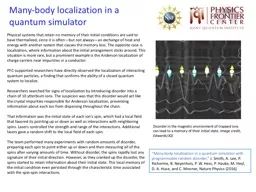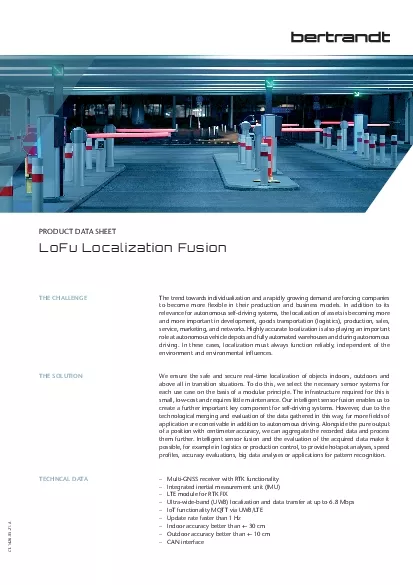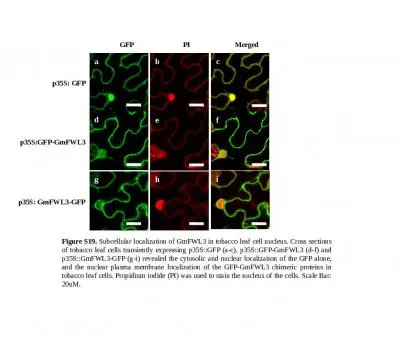PPT-Localization of Protection
Author : lauren | Published Date : 2023-09-25
CapacityBuilding Workshop on Cluster Engagement for Local and National NGOs Location Date Opening and Welcome Localization Agenda 2015 Sustainable Development
Presentation Embed Code
Download Presentation
Download Presentation The PPT/PDF document "Localization of Protection" is the property of its rightful owner. Permission is granted to download and print the materials on this website for personal, non-commercial use only, and to display it on your personal computer provided you do not modify the materials and that you retain all copyright notices contained in the materials. By downloading content from our website, you accept the terms of this agreement.
Localization of Protection: Transcript
Download Rules Of Document
"Localization of Protection"The content belongs to its owner. You may download and print it for personal use, without modification, and keep all copyright notices. By downloading, you agree to these terms.
Related Documents

